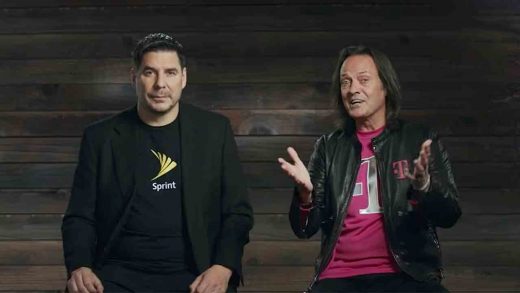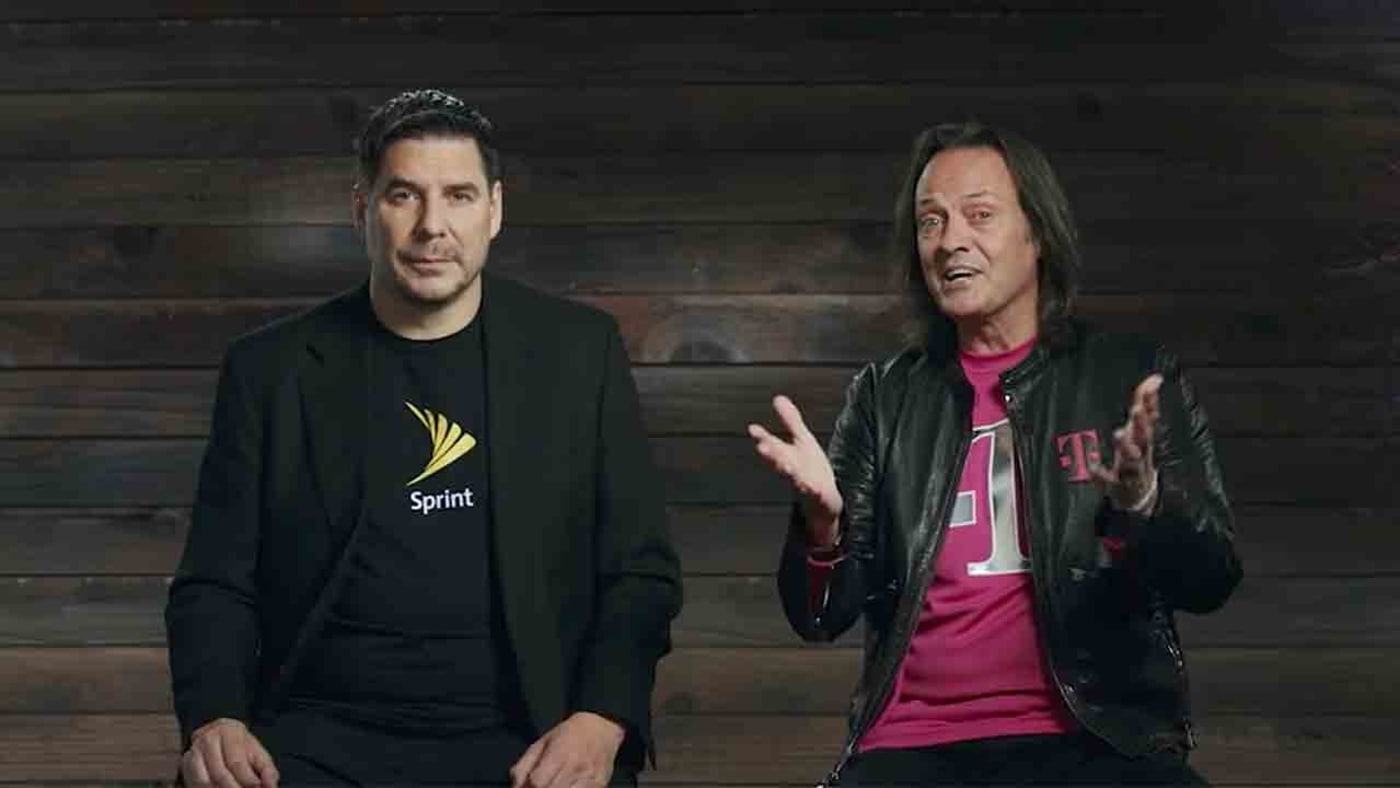Hey T-Mobile, Do An “Un-Merger” That Actually Helps Consumers
After years of on-and-off talks, T-Mobile and Sprint have finally agreed to tie the knot. That’s assuming that regulators approve of the deal.
T-Mobile and Sprint have, for a very long time, been the smaller and less powerful No. 3 and No. 4 national carriers, behind Verizon and AT&T. Over the past decade, that’s yielded some good prices for consumers as the two have fought desperately to take subscribers from the frontrunners. But too often, the low prices have been accompanied by spotty or slower service.
That’s been changing over the last few years, at least on the T-Mobile side. The company has invested heavily in its LTE networks, and speeds and coverage away from city centers has improved. The company has seemed to revel in its insurgent status, joyfully jabbing at AT&T and Verizon, both in the public comments of CEO John Legere and in its terms and pricing. It can be credited with exposing the onerous phone subsidy schemes of the wireless carriers, and offering an alternative that helped do away with the practice altogether.
T-Mobile has also helped encourage the whole industry to offer unlimited wireless data plans. This insurgent attitude is wrapped up in the “Un-carrier” brand name it gave itself.
The question now is whether T-Mobile will retain its “Un-carrier” modus operandi when it’s no longer a much smaller insurgent. If the Sprint deal is approved, the combined companies–which will be called T-Mobile and led by Legere as CEO–would control about 30% of the nation’s wireless subscribers, versus about 38% for Verizon and 33% for AT&T. But the new company may find itself in a stronger position to win a larger share from Verizon and AT&T.
Smaller wireless market players like T-Mobile and Sprint become victims of economics. They have less buying power for things like network equipment, wireless spectrum, and consumer handsets. And, of course, one of the main goals of any corporation combination is to find areas of redundancy and excise them. (T-Mobile and Sprint have said the merger will create jobs, but I imagine some fairly creative reasoning underpins that rosy statement.)
What’s In It For Consumers?
As wireless consumers, we should be asking ourselves what’s in this merger for us. Will T-Mobile be willing or able to bring its disruptive strategies to the new company? Or will it start behaving more like AT&T and Verizon? Will it start doing things like colluding with other big carriers to make it harder for people to change carriers? (The Department of Justice is now investigating AT&T and Verizon for that.) Finally, will the deal eventually result in faster service at better prices?
I’m not so sure. If the merger goes through, I expect T-Mobile to make a show of offering new “Un-carrier” deals that sound disruptive but don’t change people’s phone bills all that much. After all, T-Mobile’s leadership will have to answer to a couple of big corporate overlords in the background (Deutsche Telekom and SoftBank), who want to see real dividends grow from the merger.
T-Mobile and Sprint will have a long time to think about it. The deal, if approved, won’t see the companies actually combine for another year.
What’s Different This Time?
The two companies have come to the table to talk about a deal several times in the past, but have walked away with no agreement. This time is different for a couple of important reasons–one technical and one political.
The merger is all about the next generation of wireless service that’s coming our way. Wireless carriers are preparing to start the transition from 4G LTE wireless technology to 5G. As of now, Sprint’s and T-Mobile’s older 3G networks are still in operation–and the two companies use two different flavors of 3G wireless technology. Back when a large portion of network traffic ran over those networks, it made less sense for T-Mobile and Sprint to combine. Now that LTE handles most of the traffic, the 3G incompatibility is no longer a big issue.
On the political side, the current administration–and the current FCC under Ajit Pai–wants a more market-driven, hands-off approach to regulating corporations. It’s good weather for big mergers. In fact, T-Mobile and Sprint reopened talks after Trump took office last year, but ended up with no deal because Sprint’s major owner Softbank hesitated to give up leadership of the combined company to T-Mobile. That hesitation has apparently softened in 2018.
In the past, regulators have looked with disfavor on big deals like this one because they feared it would result in less competition in the wireless marketplace. Recall that AT&T tried to swallow up T-Mobile back in 2011 for $39 billion but eventually gave up its bid after it became clear that the FCC didn’t want the wireless market to shrink from four players to three.
But this deal is very different. It’s not a big shark swallowing a small one. It’s the distant No. 3 and No. 4 joining forces to form a competitor with the strength to compete on the same level with No. 1 and No. 2.
Two Ways Of Seeing It
Whether regulators will measure the wireless market on the number of the competitors or the strength of the competitors is anybody’s guess.
Gartner analyst Bill Menezes believes both the FCC and FTC will need to sign off on the deal, as well as the antitrust division of the Justice Department.
“If the last couple of attempts at a merger by these two–along with the regulatory treatment of large telecom mergers in general–taught us anything, it’s that the regulatory review will be lengthy and the outcome cloudy for some time,” Menezes said. “Anyone who tells you they know right now how this will turn out from the regulatory side is nuts.”
I hope the deal goes through this time. The playing field is about to radically change with the advent of 5G, and fast wireless services will be ubiquitous. Many more devices will be connected to the internet wirelessly. When that happens, speeds—and consumer expectations—will go way up. The big carriers will no doubt want to recoup their investment in the new network technology by asking for a larger share of consumer paychecks. We may need a competitive counterbalance to that impulse more than ever.
(23)



